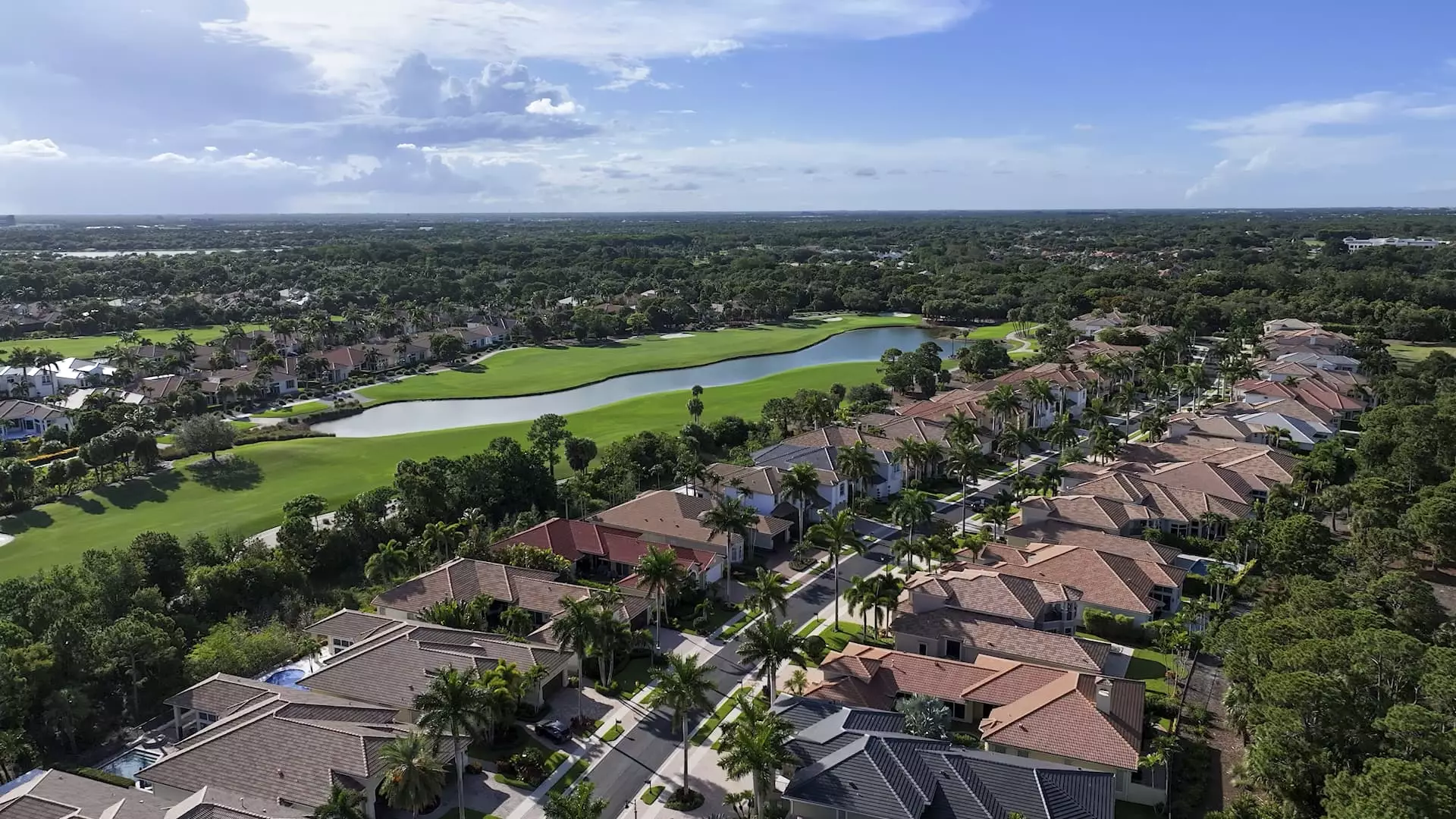Gated communities in America have transformed far beyond their original purpose of providing a sense of security and exclusivity. Today, they serve as modern fortresses for affluent Americans seeking to insulate themselves from the chaos of urban life. These enclaves, often located in sun-drenched states like Florida and California, cater to a diverse clientele—ranging from retirees drawn by tax benefits to young professionals craving controlled luxury. But this diversification masks a troubling trend: American society’s increasing segmentation into segregated, privilege-driven bubbles that deepen societal divides.
Security or Status? The Real Motivations
While the narrative often emphasizes safety, the reality is more layered. American gated communities rarely face the rampant violence seen in some overseas nations, which makes security a less pressing concern compared to control and status. For many residents, gates symbolize social separation—a way to physically and psychologically distance themselves from less desirable neighborhoods. The presence or absence of manned guards is secondary to the fundamental desire to restrict access and maintain exclusivity. This reflects a societal shift where perceived security blurs with social arrogance, fostering a culture of elitism cloaked in safety concerns.
The Economic Bubble of Gated Living
Living behind gates doesn’t come cheap. Homeowners in these communities pay a premium—typically 5% to 10%, or even 20% in high-demand locales—making these properties inaccessible for the average middle-class citizen. Moreover, the ongoing HOA fees and membership dues are not static; they escalate with the level of amenities offered, from golf courses to concierge services. Yet, these financial burdens are seldom viewed as barriers; instead, they are proudly displayed as badges of privilege. This economic stratification creates a cityscape where wealth, rather than community, becomes the defining characteristic.
The Illusion of Community and the Erosion of Diversity
Despite the rhetoric of community stewardship, these gated neighborhoods often lack true social cohesion. They are curated environments designed to sustain exclusivity, not foster genuine diversity or inclusion. The homes appreciate at faster rates than their unenclosed counterparts, further entrenching economic segregation. Consequently, society fragmentarily consolidates into enclaves of prosperity, leaving behind those who cannot afford the luxury of gates. This pattern results in a patchwork of social landscapes where opportunity is concentrated within self-contained bubbles, making broader societal cohesion increasingly elusive.
Challenging the Gated Reality
In rejecting the myth that gates equate to safety, critics argue that these enclaves ultimately serve as symbols of socio-economic inequality. They create physical and psychological barriers that reinforce class divisions, fostering resentment and alienation beyond their fences. As America continues to grapple with disparities—economic, racial, and social—the proliferation of gated communities exemplifies how the pursuit of luxury and security can inadvertently undermine the social fabric. Perhaps true safety begins with breaking down barriers that divide us, rather than building walls that exclude.

